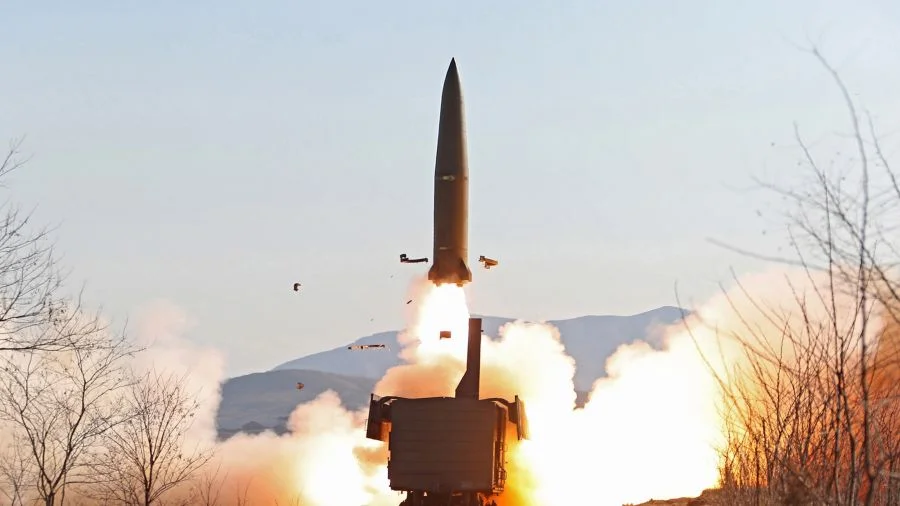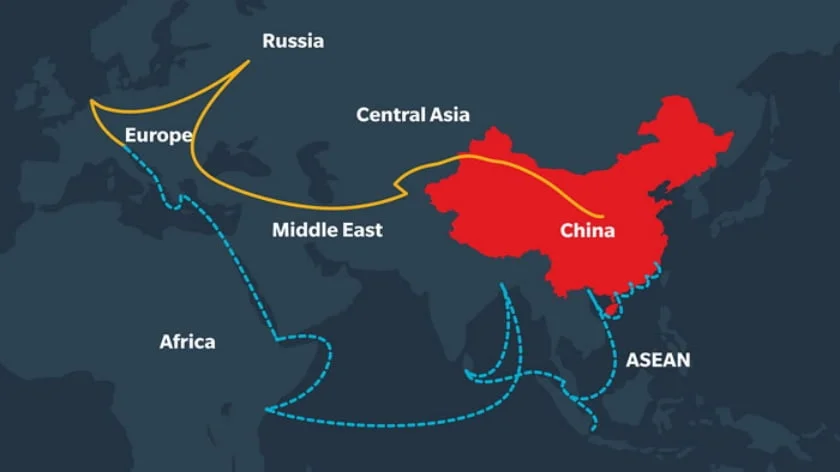South Korea’s Nuclear Dreams
South Korean society has now become so consumed by hysteria concerning the threat from North Korea that that even at the highest levels the authorities are too frightened to be able to evaluate the situation soberly.
In 2022 polls conducted by the Asan Institute for Policy Studies showed that about 70 percent of citizens support the deployment of nuclear weapons in South Korea in order to deter aggression by Pyongyang. The choice is either to invite the US to host nuclear weapons in their country, or withdrawing from the Nuclear Non-Proliferation Treaty and developing their own weapons. That is the message that politicians from the ruling People’s Power Party, including President Yoon Seok-yeol, have reiterated on numerous occasions since 2021.
Here we can see the results of Seoul’s propaganda machine, which has been insisting for decades that the bloodthirsty North Korean regime will shoot South Koreans with mortars or even anti-aircraft guns if nor better weapons are available. The brainwashing of the population has been so effective in recent years that even the campaign’s masterminds in Washington have been surprised by the is impact on South Korea’s politicians, who, one would think, are under a duty to remain level-headed. The Biden administration has even been forced persuade the South Koreans to rein in their nuclear ambitions. Nevertheless, the US has been able to achieve its goal of basing nuclear weapons in South Korea again on a plausible pretext, not on land, but on nuclear submarines, which will need to remain on duty in the country’s ports and territorial waters.
In fact, it is not clear how valuable nuclear weapons are for South Korea’s defense. In a joint declaration issued by Washington and Seoul in April this year, the two countries state that such weapons could only be used in response to a nuclear attack on South Korea by its northern neighbor. But, to put it rather cynically, there is no reason why North Korea should want to use its very small nuclear arsenal in an attack on the South. It would be much more logical for it to aim its missiles at Japan, or Hawaii – the only US territory which they could conceivably reach in the near future.
Conventional weapons would be quite enough to deter South Korea. According to official figures, Seoul has a population of some 10 million people, which is equivalent to more than a third of North Korea’s population. A significant proportion of South Korea’s industrial facilities are located in the capital and its suburbs. The city is also central to South Korea’s transport infrastructure. And the border with North Korea is just 40 km from the centre of Seoul.
Even a cursory examination of North Korea’s armed forces shows that they rely heavily on artillery. According to US estimates, as of 2018 it had 25,000 artillery systems. Clearly this figure includes Pyongyang’s large numbers of obsolete weapons, mortars and medium range MLRS. In total, North Korea’s artillery resources capable of hitting Seoul are estimated at 1,000 170-millimeter guns with an active range of up to 60 kilometers and about 4,000 MLRS with a range of 40-300 kilometers. Of course, an arsenal like that would not cause destruction on the scale of Hiroshima, but if North Korea were to use a dispersed network of positions it would be able to devastate the South Korean within twenty-four hours. As a result, the city would be turned into something resembling Dresden after its bombardment, with damage on a similar scale to that caused by nuclear weapons, and clearly that would never be acceptable.
In their answers to the opinion polls the South Koreans have shown themselves to be puppets, and, what is worse, they are unaware of how dependent they are on the US. By inviting the US in they have made it even harder to resolve the problem of nuclear weapons on the Korean peninsula, and have also damaged their relations with Russia and China. The real motive behind Washington’s concern for its allies is its wish to deploy its weapons closer to China’s and Russia’s borders and thus shorten the approach time.







